Cam has recently been on my case to get backdrops in much sooner than later…While I was (and still am in some respects) reluctant to see why it’s now a “MUST DO NOW” thing, I went along with it as it’s going to be needed sometime and there is some benefit to having them in before anything fragile can get damaged.
Timing was also good for Dan too, as he had some cleanup duty recently at a store which had protected it’s new floor with full 4×8 sheets of masonite. Now that the store is about to open, they needed to get rid of the masonite. Since the material wasn’t screwed into, placed face down on the floor, and in otherwise very usable condition, I readily agreed to accept a few sheets that would’ve otherwise gone into the dumpster. Score! (hint: It’s a good thing to have a friend in the demolition business!)
Lured by fresh cinnamon rolls, Dan and Cam came over late this morning to get going on the backdrop installation. Dan showed up first with the masonite which we manhandled through the basement window and into the basement. This task will certainly be far more difficult once we start putting the shelves up around the walls!
Cam came over shortly after I finished moving the test train into the helix where it’s less likely to be knocked around (and potentially onto the floor!) and we got to work with measuring and cutting the masonite. Many measurements and cuts with a circular saw, we found that 3 full sheets of 4×8′ masonite wasn’t enough to do all the backdrops on the middle and lower decks!
Owing to the great weather outside, we called it quits after that and went railfanning – Scored a lucky break and managed to catch a CN Freight in the evening heading out to the Louis Dreyfuss elevator at Lyalta on the Drumheller sub – headed by an SD40-2W and GP38-2W!

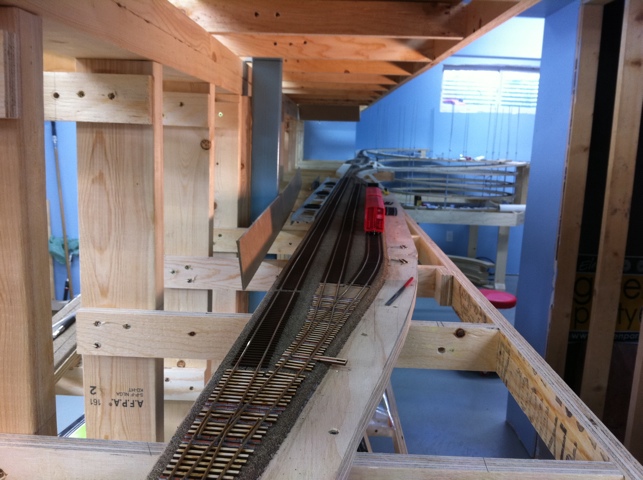
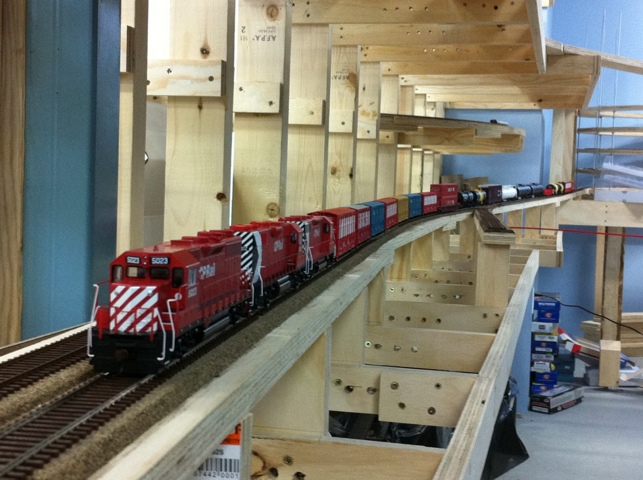
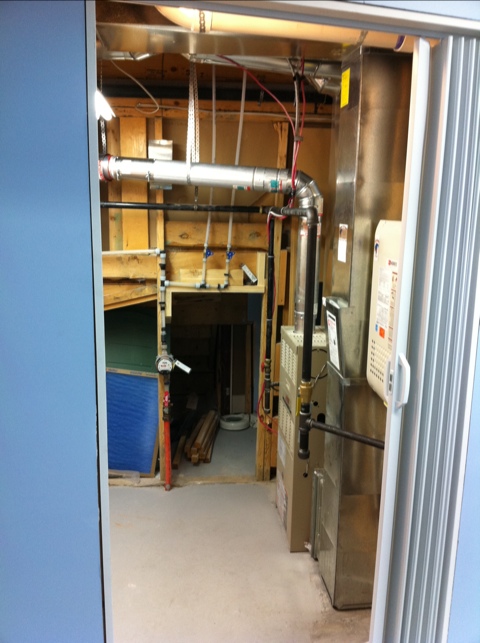
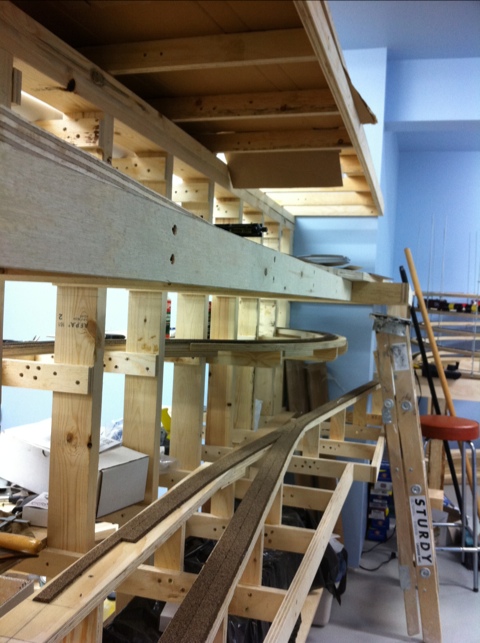
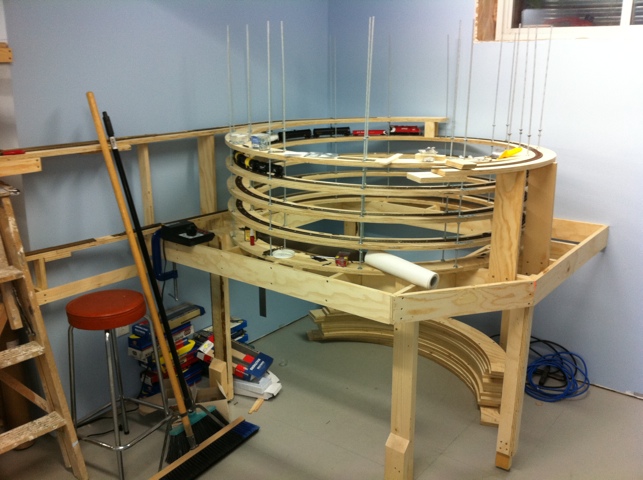
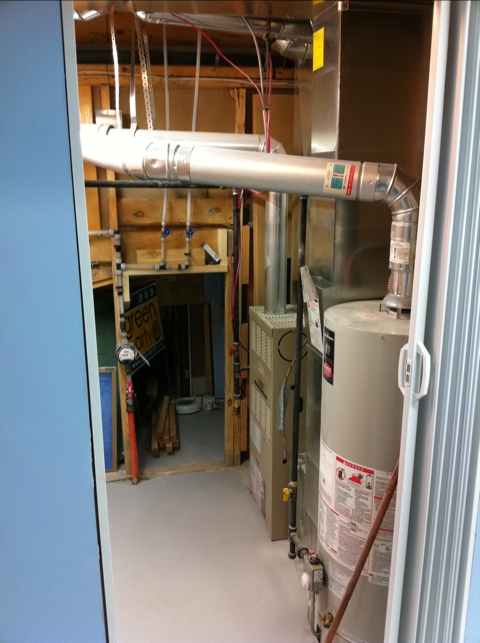
Recent Comments